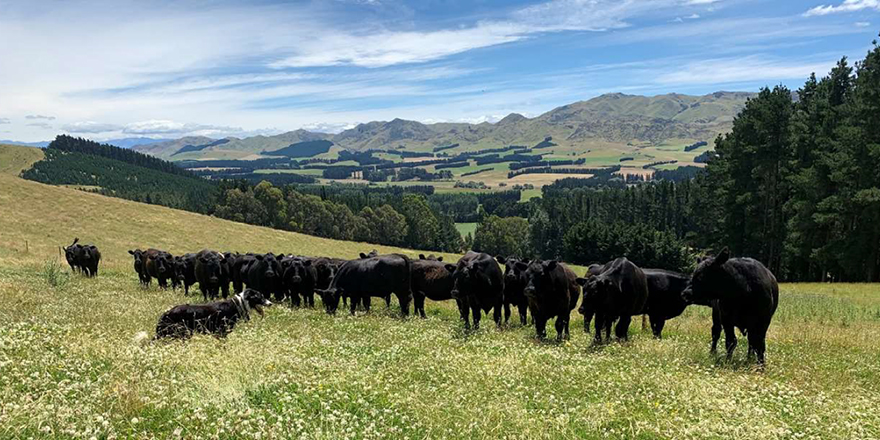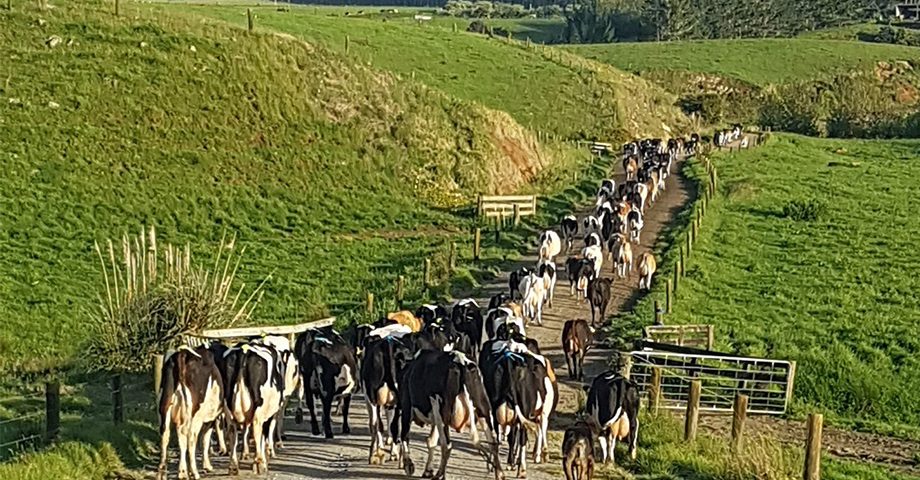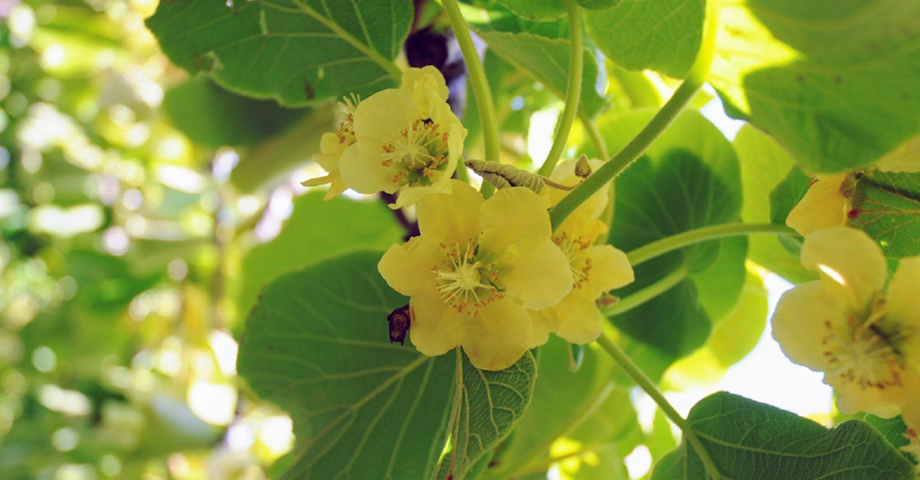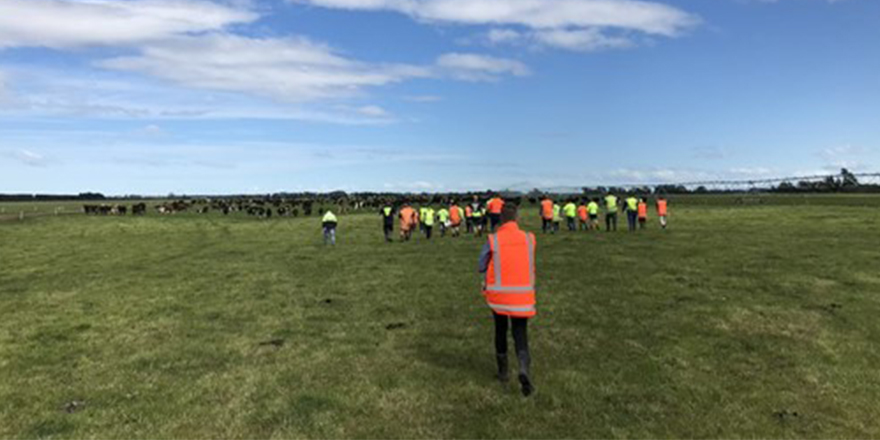
Executive summary
This project was completed to understand if sheep and beef farmers in NZ can use partial land use diversification to improve environmental sustainability and farm business resilience.
The reason this was studied is because farmers in New Zealand are facing environmental, social, institutional, and financial pressures.
Many sheep and beef farmers will likely need to make adaptions to their farm systems to remain profitable, improve environmental sustainability and to create more resilient farm systems for the future. One way of adapting the farm systems is through land use diversification.
A literature review was completed, and a series of farmers and industry professionals were interviewed. This data was then assessed through thematic analysis.
Diversification for agriculture is defined as the addition of another source of farm-based income to the existing income stream and it includes the introduction of additional farming enterprises.
Land use diversification can have numerous benefits in sheep and beef farms including, enhanced environmental outcomes, improved profitability and cash flow, enhanced farm resilience, more succession opportunities and a better integrated farm system.
The downfalls highlighted were increased risk to the farm system during development and early stages of land use change, and the initial financial outlay for development and increased complexity.
To reduce the risks of land use change, a comprehensive planning process is required. Some key steps include business planning and goal setting, understanding the biophysical resources, farm planning, matching the land use to land use capacity, climate and soil conditions, farm system modelling and evaluation and trialling.
If farmers in New Zealand can successfully transition their sheep and beef farms to diversified land use systems, it will likely transform the sheep and beef industry throughout the country to overcome environmental challenges and create long term sustainable and resilient farm systems.
Some recommendations to farmers assess the farm as if it is a blank canvas and understand different land use opportunities within the farm system. More research needs to be done on land use options available for different regions.
There is the opportunity to better understand and develop how farmers could use collaboration and catchment groups to aid in the success of land use diversification.
Conclusions
This study proved that partial land use diversification is a real option, one which sheep and beef farmers should consider for overcoming social, environmental, regulatory and financial pressures.
To de-risk the process of land use diversification, research and planning are crucial. Matching the land use to the capability of the biophysical resources is important for ensuring that there are no negative consequences to the environment.
If land use change is well planned and researched it will likely transform farm systems through improved long term financial performance, improved environmental outcomes and increased farm business resilience.
There is potential to collaborate with other likeminded farmers and create cooperative models for the sharing of infrastructure, resources, and expertise, however more research needs to be done on this. Overall land use diversification is very important for the agricultural sector in New Zealand.
Recommendations
- Landowners should assess their farm as if it is a blank canvas, identify production and profitability and limitations of different land management units. This will aid in realising the opportunities and inefficiencies within the farm system. Plus, it might help the farmer to realise that land use diversification is a real opportunity.
- Research the different land use options you are considering, understand the requirements of the crop and the biophysical resources of your land to ensure you match the land use to the capability of the land. Plan for diversification thoroughly.
- Develop tools which outline land use options and suit the local climate. These could be developed and maintained by regional councils with the use of local climate data and research into land use options. The tools should be accessible to farmers, this would likely de-risk the process of land use change for farmers and provide them with a starting point when considering land use change.
- Collaboration could be considered with like-minded farmers to build scale and share resources when changes are made to land use. If they decide to do this investigation planning into corporate governance models is recommended.
- Case studies should be produced on farmers who have been through the process of land use diversification, these could be done by the regional councils to aid farmers in making the change.




